Hope and inspiration at NBI Summit

This Climate Solutions program is no longer active.

The Northwest Biocarbon Initiative elevates the essential role that natural systems play in reducing carbon dioxide (CO2) in the atmosphere. By galvanizing the region’s emerging biocarbon community to develop strategies that increase natural carbon capture and build a vibrant restoration economy, we are positioning the Northwest as the nation’s leading incubator for biocarbon solutions.
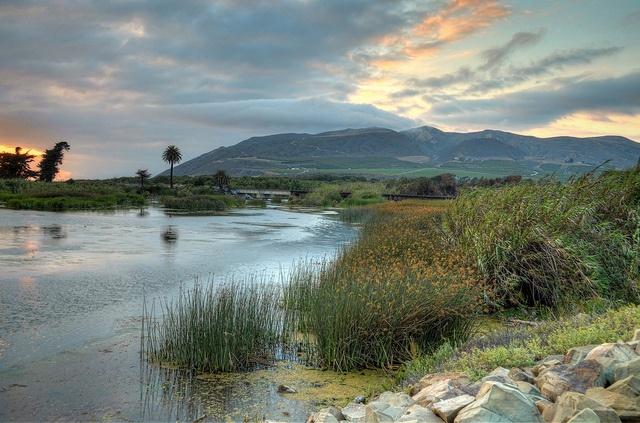
Australia is launching one of the most ambitious ‘blue carbon’ mapping projects ever. ‘Blue carbon’ is the capture and storage of carbon pollution from the atmosphere in ocean plants and sediments on the seabed.
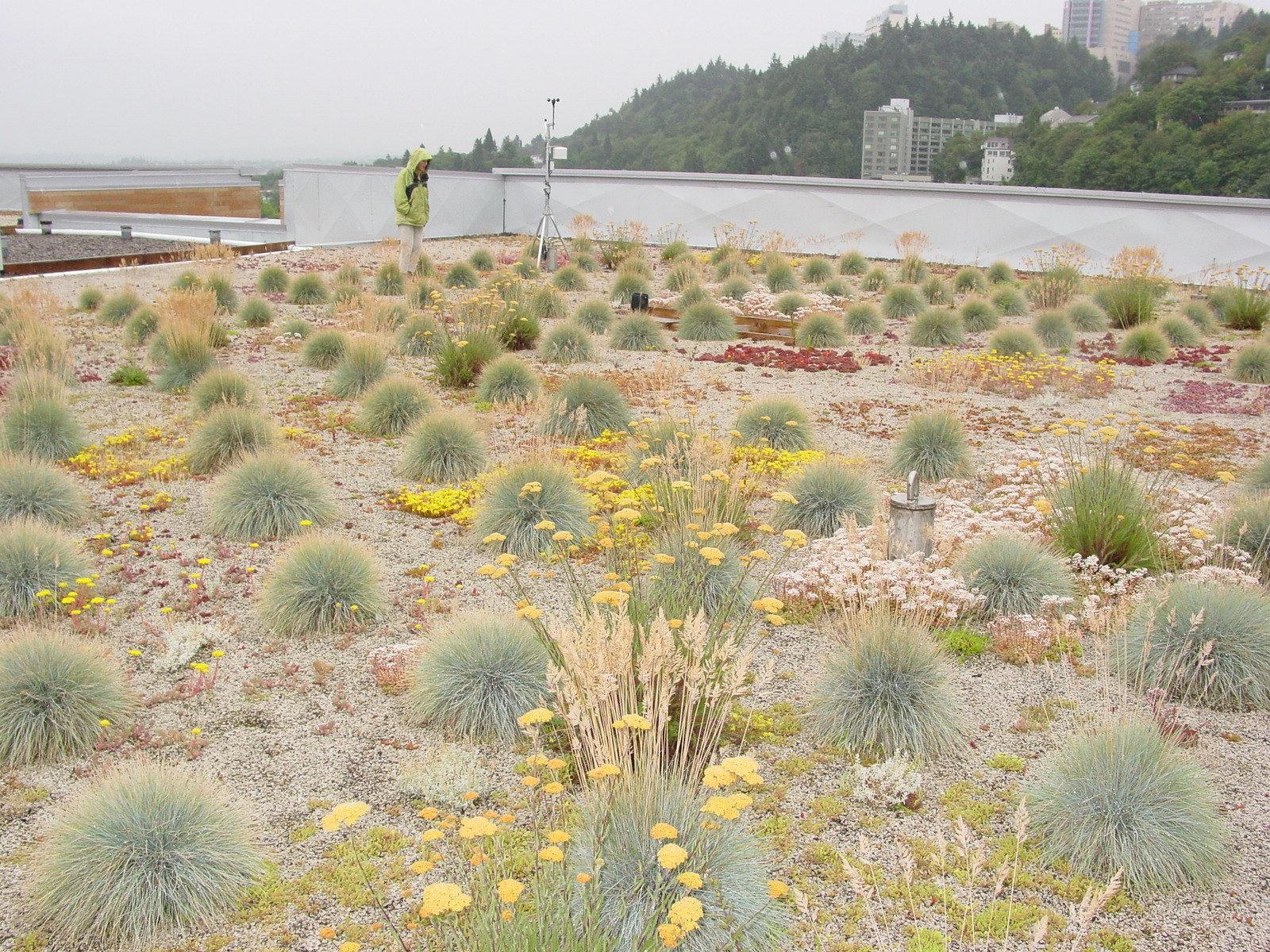
We know ‘green infrastructure’ can provide low-cost solutions for communities to better handle those big pulses of water gushing over roads and into pipes when the big rains come… and we know greening our cities is good for biocarbon and for the human spirit.
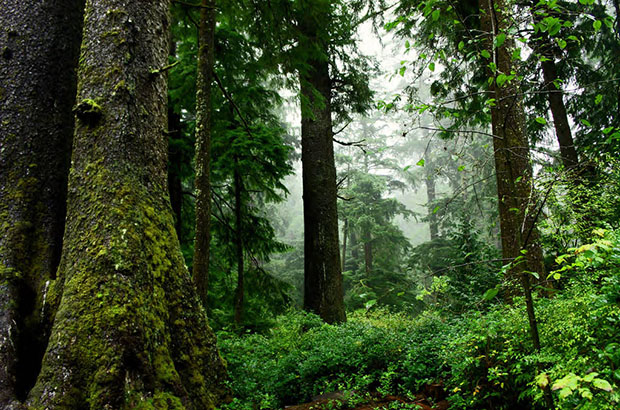
How much carbon is stored in natural systems of the continental western US? How much will be stored in future decades? A new US Geological Service survey provides some sobering answers.
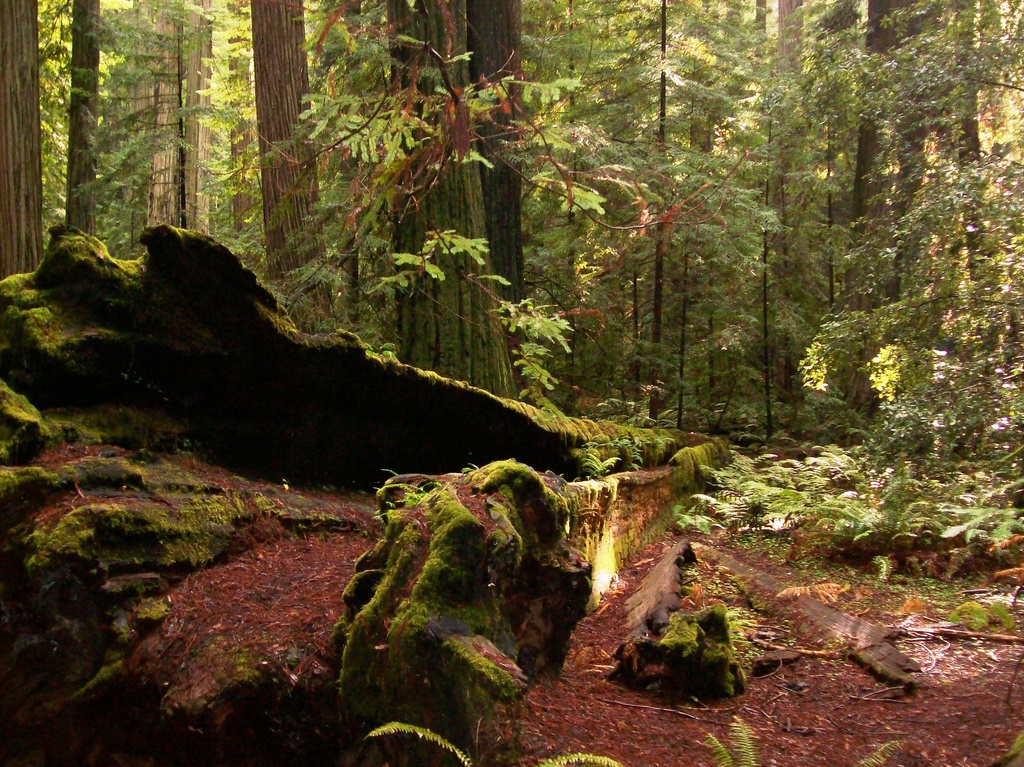
Imagine a world where we invest billions of dollars in improving ecosystem resilience to help combat climate change, all because doing so sucks up vast amounts of carbon dioxide (CO2) and provides pure oxygen in return.

This blog was originally posted Nov 20, 2012 by Chad Kruger here.

While the East Coast still struggled to recover from Superstorm Sandy, a Nov. 13th Climate Risk Roundtable convened in San Francisco to explore the challenges of keeping society’s vital systems running as the climate grows more turbulent.
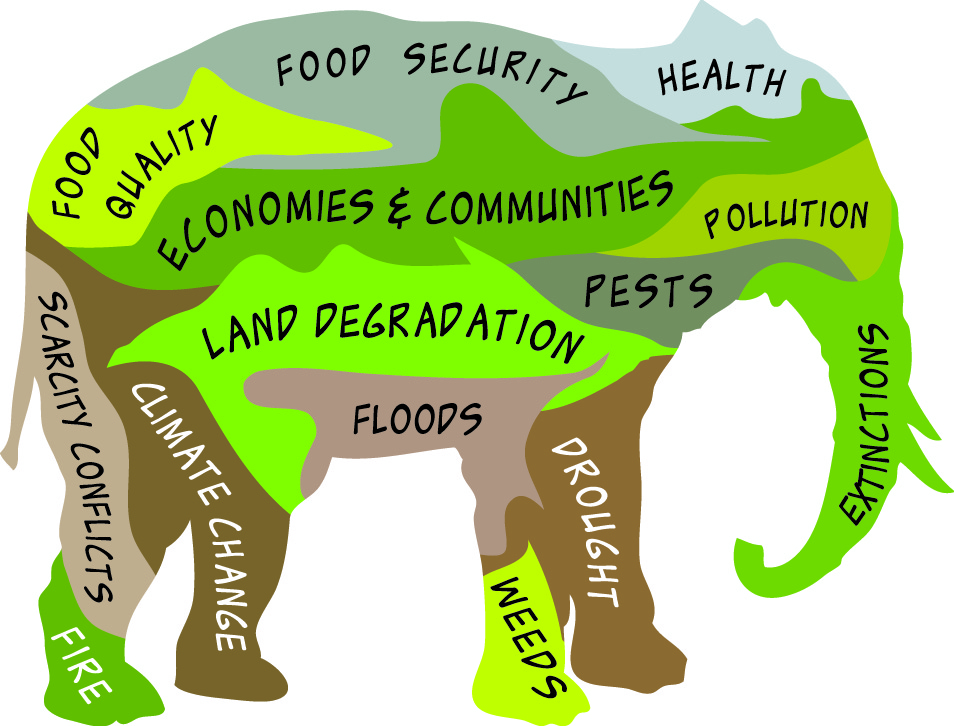
The Soil Carbon Challenge is a “competition to see how fast land managers can turn atmospheric carbon into soil organic matter. If you want to find out how fast a human can run 100 meters, do you build a computer model, do a literature search, or convene a panel of experts on human physiology to make a prediction? No, you run a race. Or a series of them.”

On a marine wildlife cruise in Alaska recently I got to touch a sea otter pelt–it was so luxuriously soft my knees almost buckled with pleasure. A new study found that these critters are not only super-cuddly, they also play an outsized role in sucking up carbon from the atmosphere and storing it safely away in the sea.
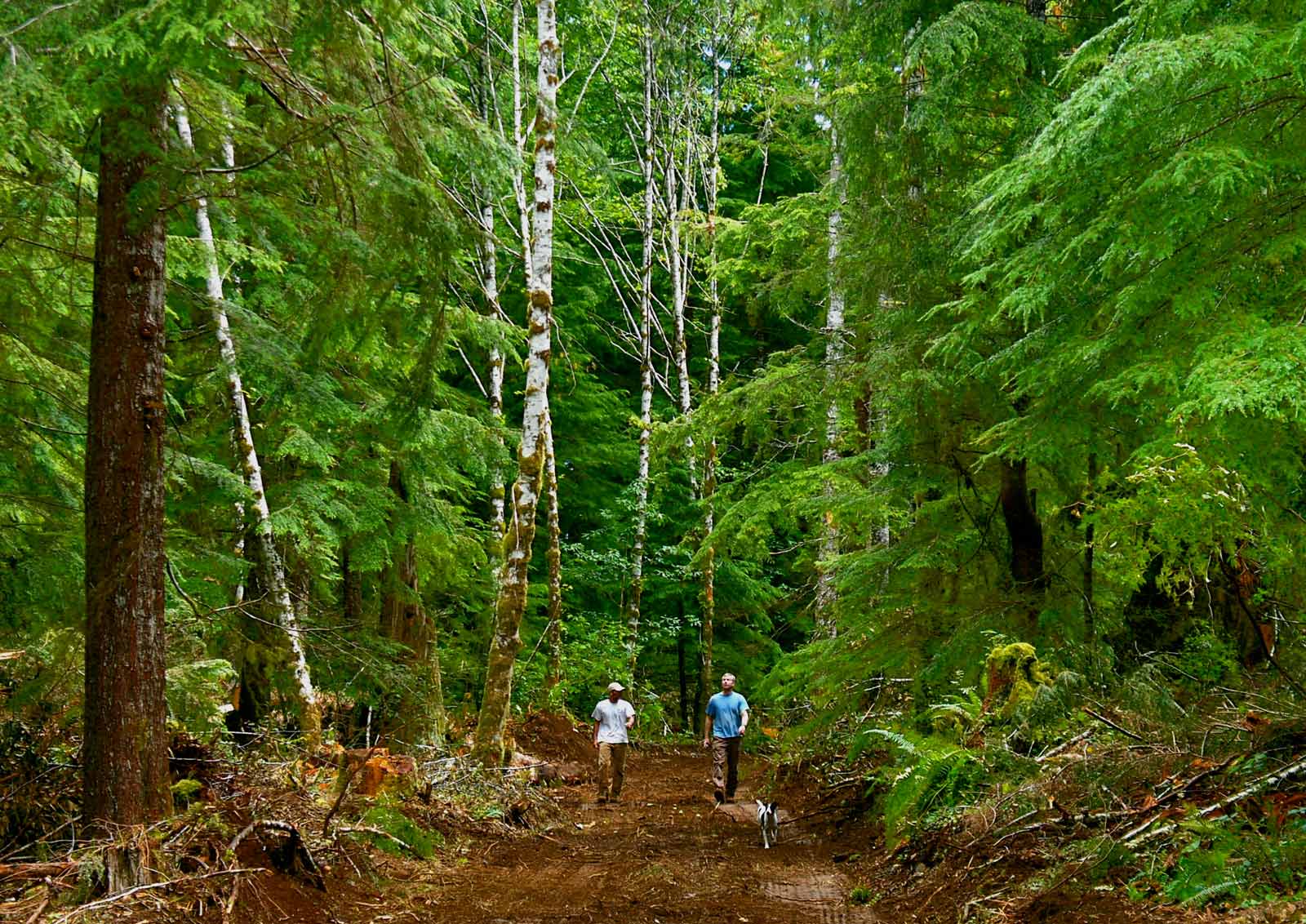
Lost in the current debate over how best to control greenhouse gas emissions from combustion of fossil fuels is the simple fact that it won’t be enough.
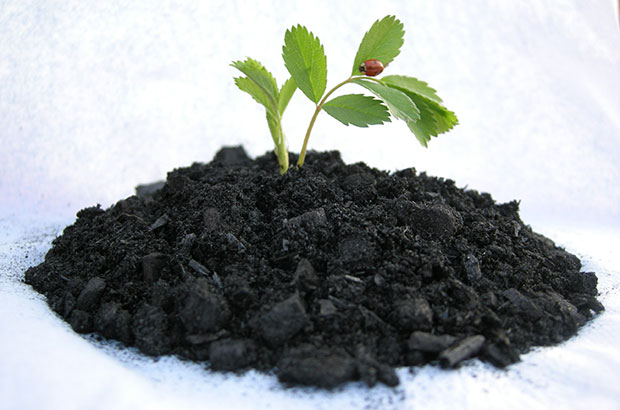
Biochar has had an interesting run over the past several years. As with so many other emerging climate solutions, biochar burst into public awareness a few years back with a wave of grassroots
Join our email list to learn about what we do and how to get involved.
There are no upcoming events posted at this time.
By preserving and expanding areas of coastal vegetation such as mangroves, sea grass beds, and marshes, we can mitigate some of the effects in burning fossil fuels and turn the tide on our rising greenhouse gas emission
What agricultural practices have the most immediate potential for making a significant contribution to protecting our climate? Think biocarbon.
For over a decade, scientists have argued that mycorrhizal fungi should be included in models of global carbon cycling, but they have struggled wit
The only way back to Target 350 is to stop putting so much carbon pollution in the air and at the same time to remove a lot of the accumulated carbon from the air.
A conversation between Chad Kruger, Director of WSU Center for Sustaining Agriculture and
When you envision a forest, what do you picture? A lot of trees, right? But what you probably don’t picture is what’s under the forest floor: soil. In most forests, the amount of carbon stored in the soil is greater than the amount stored in the trees. But how does it get there?
Carbon dioxide levels hit 395 parts per million in 2012, the highest in four or five million years when sea levels were around 80 feet higher and temperatures up to 10° Fahrenheit hotter. If we sustain those CO2 levels, or go higher as we are doing, a completely different world will emerge.
Urban green infrastructure is increasingly seen as an effective way to meet regulatory obligations for control of polluted runoff or high stormwater flows, while also generating an array of ecosystem service co-benefits.
Why would 220 people come out on a rainy February night to Seattle’s Town Hall to discuss the well-known power of plants to absorb carbon?